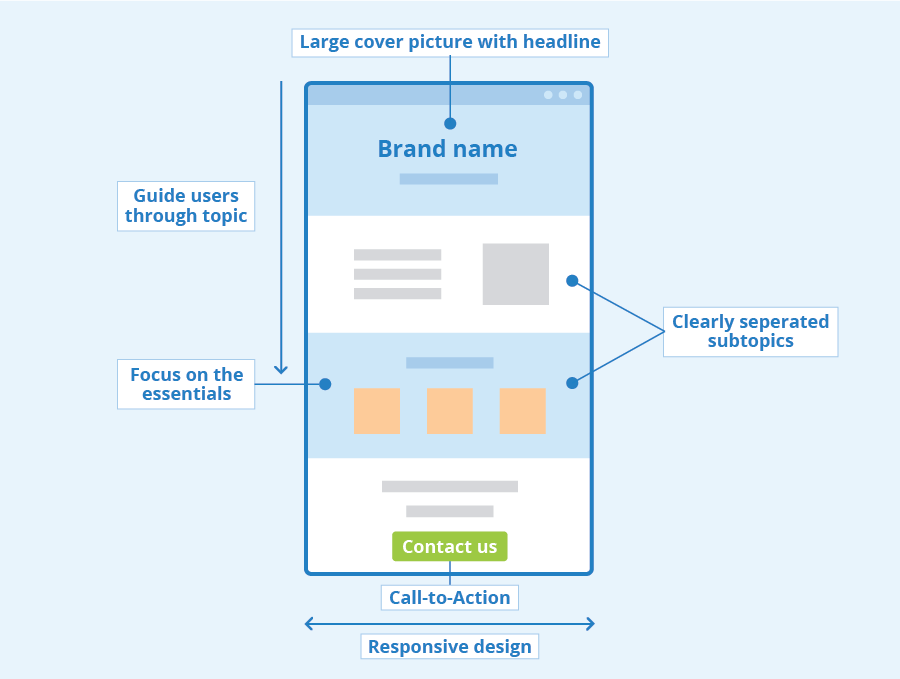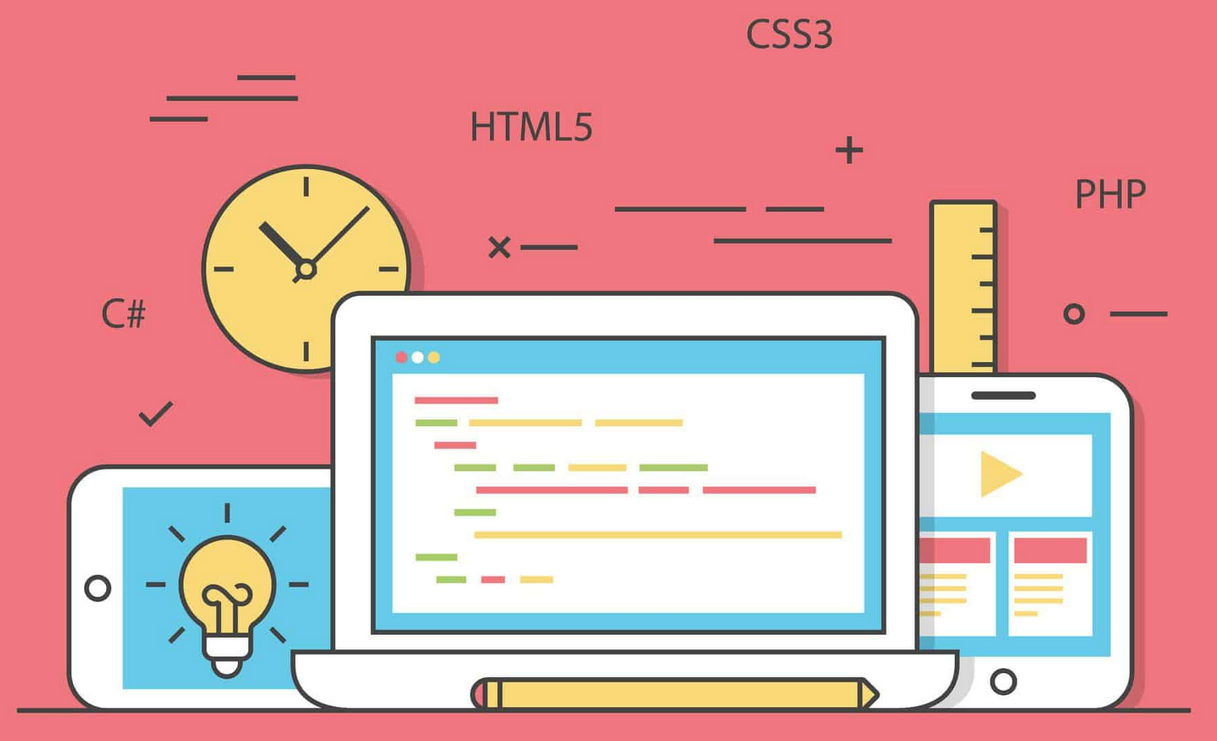Accessibility isn’t just a legal requirement—it’s a fundamental part of inclusive design that ensures everyone, regardless of ability, can access and interact with digital content. If you’re looking to improve the accessibility of your website or application, an accessibility audit is the best place to start.
An accessibility audit systematically evaluates a digital product against established accessibility standards like the Web Content Accessibility Guidelines (WCAG) or Section 508. The process helps identify barriers that might prevent users with disabilities from engaging with your site effectively.
In this guide, we’ll walk you through the key steps to conducting an accessibility audit, whether you’re an experienced developer, a product manager, or a business owner looking to improve compliance and usability.
Step 1: Define the Scope of Your Audit
Before diving into testing, it’s essential to determine the scope of your audit. Consider:
- Which pages or sections of the site to test: Will you audit the entire website, or just key templates and high-traffic pages?
- Which guidelines to follow: Are you testing against WCAG 2.1 Level AA, Section 508, or another standard?
- The level of testing detail required: Will you do a full manual audit, or will you start with automated tools?
Setting a clear scope helps ensure the audit is both manageable and effective.
Step 2: Use Automated Testing Tools as a First Pass
Automated accessibility testing tools can quickly identify many common accessibility issues. Some popular options include:
- axe DevTools (by Deque Systems)
- WAVE (by WebAIM)
- Lighthouse (by Google)
- Siteimprove Accessibility Checker
Run these tools on key pages to detect obvious violations such as missing alt text, poor color contrast, or incorrect heading structures. However, while automated tools are useful, they only catch around 30-40% of accessibility issues, so manual testing is essential.
Step 3: Conduct Manual Accessibility Testing
Manual testing is where the real insights come in. Focus on:
- Keyboard Navigation: Ensure all interactive elements (buttons, links, form fields) can be accessed and used with a keyboard (Tab, Shift + Tab, Enter, and Spacebar).
- Screen Reader Testing: Use screen readers like JAWS, NVDA (Windows), or VoiceOver (Mac/iOS) to test how content is read aloud and whether users can navigate effectively.
- Color Contrast and Visual Checks: Verify that text has sufficient contrast against its background (use tools like the Contrast Checker by WebAIM).
- Forms and Error Messaging: Test form inputs, labels, error messages, and validation processes to ensure clarity and accessibility.
Step 4: Evaluate Code and ARIA Implementation
Checking the underlying code is crucial for ensuring accessibility best practices are in place. Some key areas to inspect:
- Semantic HTML: Use proper HTML elements (e.g.,
<button>for buttons,<label>for form inputs). - ARIA (Accessible Rich Internet Applications): Ensure ARIA attributes are used correctly (e.g.,
aria-label,aria-live,aria-hidden). Misused ARIA can cause more harm than good. - Focus Management: Ensure modals, menus, and other interactive elements handle focus correctly.
Step 5: Test with Real Users
While automated and manual testing are invaluable, nothing replaces feedback from real users with disabilities. Conduct usability testing sessions with participants who use assistive technologies like screen readers, switch devices, or eye-tracking software.
User testing provides real-world insights into barriers that might not be apparent through automated or manual checks alone.
Step 6: Document Findings and Provide Recommendations
Once you’ve completed testing, compile your findings into a report that includes:
- A list of identified issues
- The severity of each issue (high, medium, low)
- References to WCAG criteria for each issue
- Recommended fixes and best practices
Providing actionable recommendations makes it easier for development teams to implement fixes efficiently.
Step 7: Implement Fixes and Retest
Fixing accessibility issues is only part of the process—retesting ensures that corrections have been applied correctly. Conduct another round of testing after remediation to confirm compliance and usability improvements.
Accessibility Audits: An Ongoing Process
Accessibility isn’t a one-time project; it’s an ongoing commitment. Regular audits, user feedback, and training for your team can help maintain and improve accessibility over time.
By following these steps, you’ll not only achieve compliance but also create a more inclusive and user-friendly digital experience for everyone. Need help with an accessibility audit? Our team of experts is here to guide you through the process.







